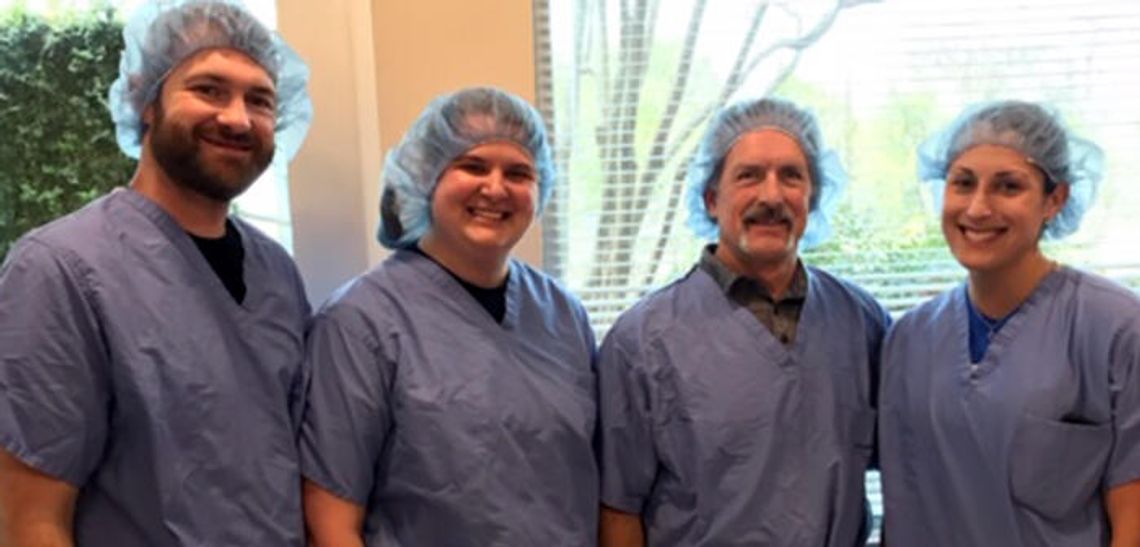By Monica Smith, MAT, LAT, ATC
March is National Athletic Training Month and those of us in the field use this month as an opportunity to educate others about our profession. Athletic Trainers are certified healthcare professionals capable of preventing, evaluating, diagnosing, treating and rehabilitating injuries in active populations. We serve a variety of active people, from middle and high school student athletes to professionals competing at the highest level. ATs also serve active people that work in factories, performance arts, medical clinics and the military.
Athletic Trainers who work in the secondary school setting can help parents of student athletes save time and money. Our role as ATs at the high school level is to keep our athletes safe and healthy. This includes providing a variety of healthcare services right here on campus. In order to utilize the Athletic Trainer, a student must be participating in UIL sanctioned athletics with the school and have their athletic physical and online paperwork submitted.
Since Athletic Trainers have the education and resources to treat a multitude of injuries, seeing them first may save an athlete and their parent a potentially expensive trip to the physician or emergency room. We understand that emergencies do happen and sometimes those trips are necessary. However, we encourage any student athlete that has sustained an injury to come see us first for evaluation. If it’s something we can treat in our facility at the school, we will do so. Such injuries include things like mild to moderate ligament sprains, muscle strains and tendinitis. Athletic trainers are also educated on how to spot and correct muscle imbalances and faulty biomechanics, which could potentially lead to injuries down the road.
Here are five tips on how to best utilize your Athletic Trainer in the secondary school setting:
Know their treatment times. This ensures your athlete receives specific rehabilitation for their condition but also allows them to participate in modified activity with their team during athletics and practices.
Trainers need notes. Make sure your athlete brings copies of all medical paperwork to the Athletic Trainer, especially doctor’s notes and rehabilitation protocols. This ensures they are receiving proper care and participating within their limitations.
Collaboration of care. If your athlete sees any other healthcare professional regularly (chiropractor, physical therapist) encourage them to contact the ATs to discuss rehab protocols. If everyone is on the same page, your athlete will receive the most comprehensive care.
Ensure compliance. Make sure your athlete comes in regularly enough to see the benefits of their effort. Hard work usually correlates to a quicker, more complete recovery.
Ask questions. If you are ever unsure of your student athlete’s progress or status, make sure to call, email or come by to see your Athletic Trainer. We are always happy to provide updates on their progress!
Next time your student athlete sustains an injury, remember there is a highly qualified healthcare provider that is easy to access. Save your time and money; utilize your Athletic Trainer!
March is National Athletic Training Month and we at the Hays Free Press salute all Hays CISD and DSISD athletic trainers and staff.











